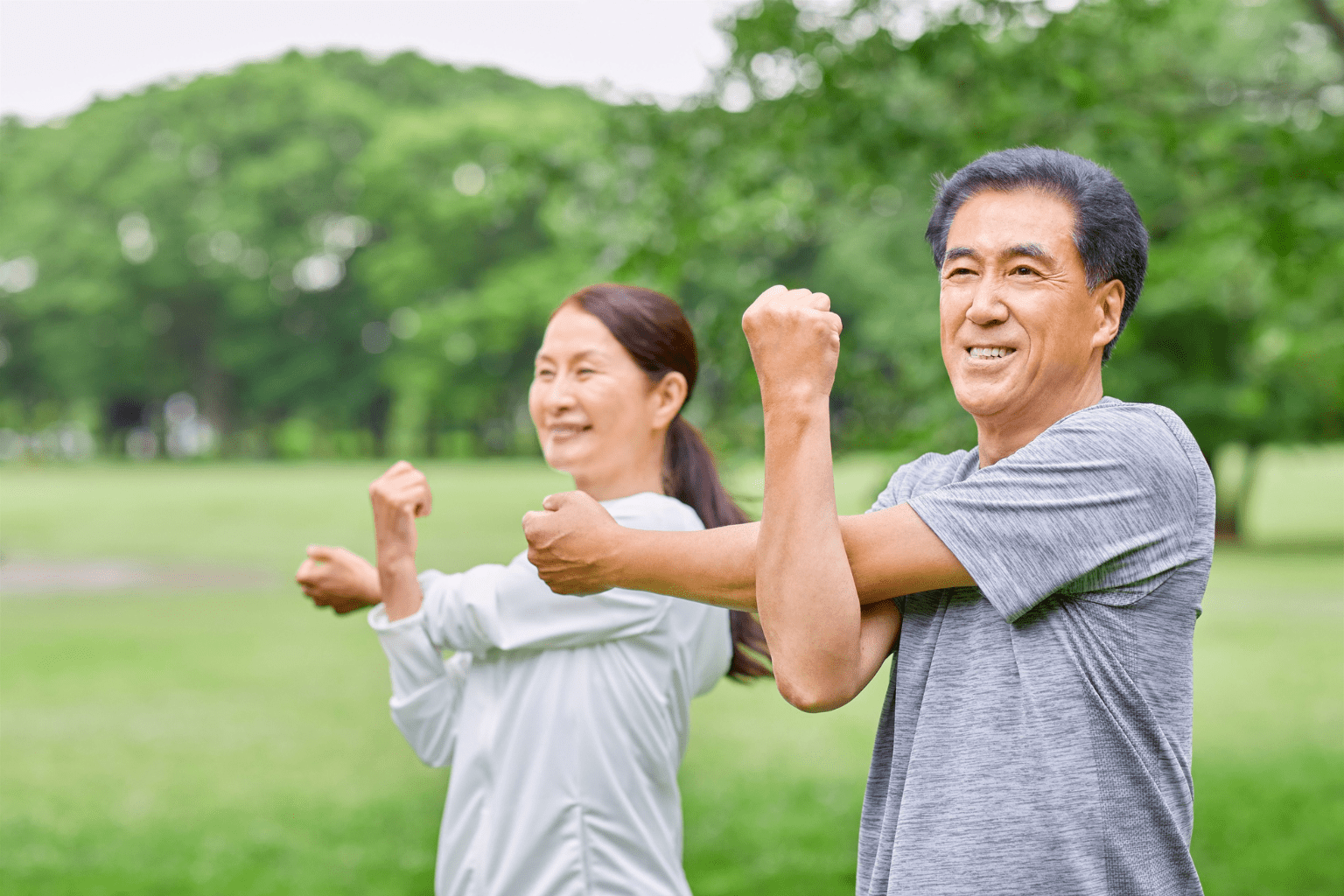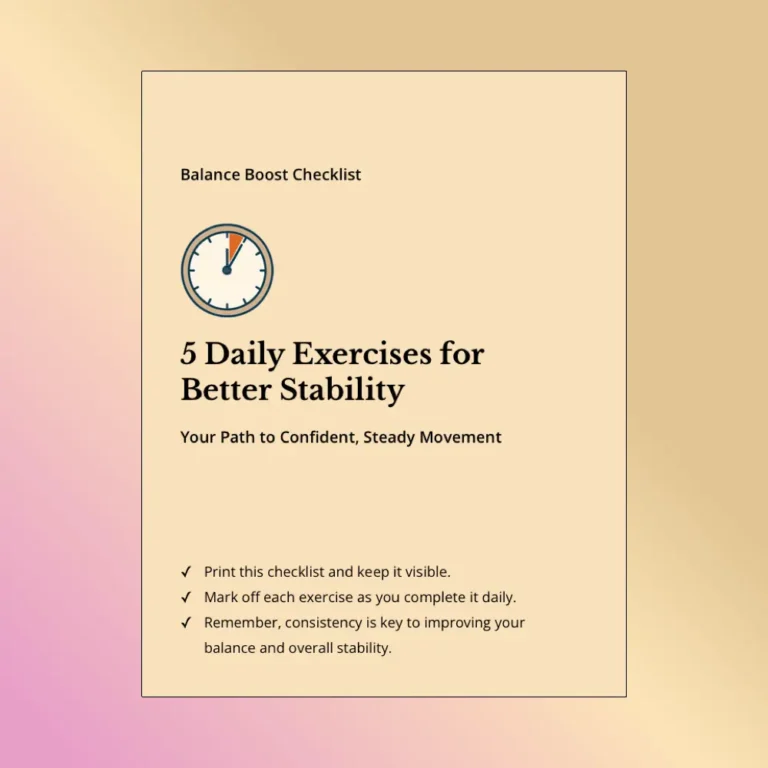Exercise might seem intimidating, especially if you’re a senior dealing with heart concerns. But here’s the truth: staying active isn’t just good for you; it’s necessary for maintaining heart health. Regular physical activity designed specifically for seniors with heart conditions can help manage symptoms, boost cardiovascular fitness, and improve your quality of life. This guide will walk you through everything you need to know about exercising safely and effectively.
Understanding Senior Cardiac Fitness
What is Senior Cardiac Fitness?
Senior cardiac fitness refers to how well older adults can participate in physical activities that support heart health. As we get older, our cardiovascular systems change in ways that affect our overall fitness. Regular exercise that’s appropriate for your age and condition is key to fighting these effects, not only improving heart health but also enhancing mobility, balance, and strength.
How Aging Affects Heart Health
Getting older brings several changes to cardiovascular health, including less elastic blood vessels and a decreased heart rate response. These factors can make your heart work less efficiently during exercise. That’s why seniors need to approach exercise carefully, making sure activities are both safe and beneficial for heart-healthy living.
Types of Safe Exercises for Seniors
Aerobic Exercise Options
Aerobic exercise is great for seniors, as it promotes heart health and builds endurance. Here are some safe options:
- Walking
Walking is gentle on your joints and can be easily adjusted to match your fitness level. Start with short walks at a comfortable pace, and gradually increase how long and how fast you walk. Try to aim for at least 30 minutes a day, five days a week. Brisk walking is one of the best exercise choices for heart disease prevention.
- Swimming and Water Aerobics
Water activities give you buoyancy, which reduces stress on your joints while still providing resistance training. Swimming or joining water aerobics classes can improve your cardiovascular fitness without putting too much strain on your body. These low-impact exercises are particularly important for seniors with joint issues.
- Cycling
Whether you prefer a stationary bike or cycling outdoors, this is a fantastic way to get your heart rate up. Stationary bikes are particularly good because they let you control the type of exercise and intensity, making them suitable for older adults with various fitness levels.
Strength Training
Strength training often gets overlooked, but it’s important for maintaining muscle mass and bone density as you age.
- Importance of Strength Training for Seniors
Doing strength exercises helps fight against the muscle loss that comes with aging, boosts your metabolism, and supports healthy joints. Resistance training can also help reduce the risk of heart disease by improving metabolic health.
- Recommended Exercises
You can start with light weights, resistance bands, or exercises that use your body weight, such as squats and wall push-ups. Try to do these exercises two to three times a week, focusing on all your major muscle groups to strengthen the heart and improve overall health.
Flexibility and Balance Exercises
Adding flexibility and balance exercises to your routine can significantly reduce your risk of falling, which is a common concern for seniors. Fall prevention exercises can be critical for maintaining independence.
- Importance of Flexibility and Balance
Better flexibility can improve how you move and decrease stiffness, while balance exercises are crucial for preventing falls. Flexibility and balance are important for heart health because they allow seniors to stay active safely.
- Suggested Exercises
Gentle stretching routines, yoga, and tai chi are excellent choices. These activities not only improve your flexibility and balance but also help you relax and support your mental well-being. Tai chi for the elderly offers a gentle way to improve balance and flexibility exercises while also supporting cardiovascular health.
Safety Concerns and Monitoring Intensity
Guidelines for Safe Cardio
Starting an exercise routine is exciting, but it’s important to do it safely.
- Starting Slow: The Importance of Gradual Progression
Begin with short sessions and easy exercises, gradually increasing as your body adapts. This approach helps prevent injury and builds your confidence. The American Heart Association recommends getting at least 150 minutes of moderate-intensity activity per week, but you can work up to this gradually.
- Monitoring Intensity Safely
Use the Rate of Perceived Exertion (RPE) scale to gauge your effort on a scale of 1 to 10. Aiming for a moderate intensity level (around 4-6 on the scale) is ideal during workouts. Aerobic exercise also helps improve your circulation and can help reduce cholesterol levels.
Warning Signs to Stop Exercise
Being aware of what your body is telling you is crucial.
- Recognizing Symptoms
Pay attention to any signs that something might be wrong, such as shortness of breath, chest pain, or dizziness. If you experience these symptoms, you should stop exercising immediately. People of all ages should monitor for these warning signs, but they’re particularly important for seniors.
- What to do if you experience symptoms
Rest and talk to a healthcare provider if symptoms don’t go away. Always put safety first rather than pushing through discomfort. Heart disease symptoms should never be ignored during exercise.
Working with Cardiac Rehabilitation
What is Cardiac Rehabilitation?
Cardiac rehabilitation is a structured program designed to support people with heart conditions.
- Overview of Cardiac Rehab Programs
These programs typically include supervised exercise training, education about heart-healthy living, and counseling to help reduce stress. Exercise for heart failure patients can be especially beneficial when done under proper supervision.
- Benefits of Participating in Cardiac Rehab
Participants receive professional guidance, which makes it easier to exercise safely and effectively. If you’re thinking about this option, talk to your healthcare provider for recommendations. Cardiac rehab can help your heart become stronger through carefully monitored exercise.
How to Get Started
Starting a fitness journey should begin with professional advice.
- Consulting Healthcare Professionals
Always discuss your exercise plans with your doctor. They can give you personalized recommendations based on your health status. Harvard Medical School suggests that 3 types of exercises are important for older adults: aerobic, strength, and balance and flexibility exercises.
- Resources for Seniors
Look into local community centers or online platforms that offer fitness programs specifically for exercise for seniors. Joining a group can provide motivation and accountability. Many programs include breathing exercises for elderly to improve lung function, which also benefits heart health.
Incorporating Exercise Into Daily Life
Staying active doesn’t have to mean formal workout sessions. You can incorporate physical activity into your daily routine in many ways:
- Take the stairs instead of the elevator when possible
- Park farther away from store entrances
- Garden or do light yard work
- Dance to your favorite music
These activities can help improve muscle strength and keep your heart healthy. Remember that any type of yoga or similar activity that includes minutes of stretching can also be beneficial for your overall sense of well-being.
For seniors looking to stay active with heart-friendly exercises, there are many exercise options available. This instructional video demonstrates several exercises that help improve balance and strength, specifically designed for older adults:
FAQs About Heart Condition Exercises
How to monitor exercise intensity safely? You can effectively monitor intensity using the RPE scale or by checking your heart rate regularly during exercise. Aim for a heart rate that feels challenging but manageable. Moderate exercise should get your heart rate up but still allow you to maintain a conversation.
What are the warning signs that indicate I should stop exercising? Watch out for symptoms like excessive fatigue, shortness of breath, or chest discomfort. If you experience any of these signs, it’s important to stop and rest. These could be indicators of heart failure or other serious conditions.
How can I work with cardiac rehabilitation programs effectively? Be an active participant in the program, ask questions, and communicate openly with your healthcare team. They’re there to support and guide you through your fitness journey. A good exercise program will be tailored to your specific health concerns.
Conclusion
Staying active isn’t just an option for seniors with heart conditions; it’s a key part of maintaining heart health. By engaging in safe exercises that are right for your individual needs and understanding the importance of monitoring how hard you’re working, you can lead a healthier, more fulfilling life. Remember, talking to healthcare professionals and possibly joining a cardiac rehabilitation program can provide the support you need to start this rewarding journey.
Embrace the power of movement, and don’t hesitate to share your experiences or questions with others. Consider joining local exercise groups or finding online forums that encourage senior fitness. Together, we can improve our heart health and enhance our lives.
The key is consistency; doing something regularly is better than doing nothing at all. Exercise helps reduce the risk of heart disease and can lead to fewer heart problems over time. And remember, it’s never too late to start a new exercise routine. Maintaining a healthy level of activity throughout the days of the week will help improve your blood pressure and cholesterol levels, which are important for older adults’ cardiovascular health. Your heart will thank you for it!


